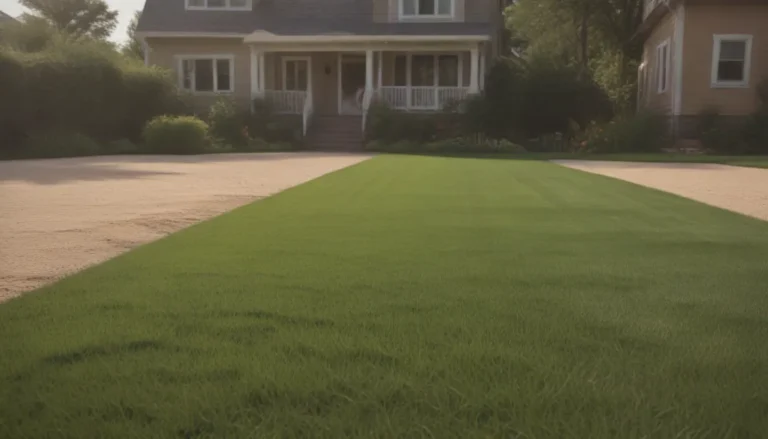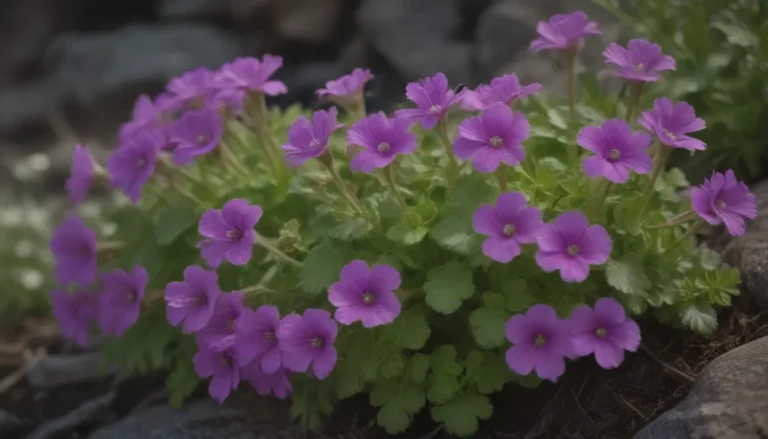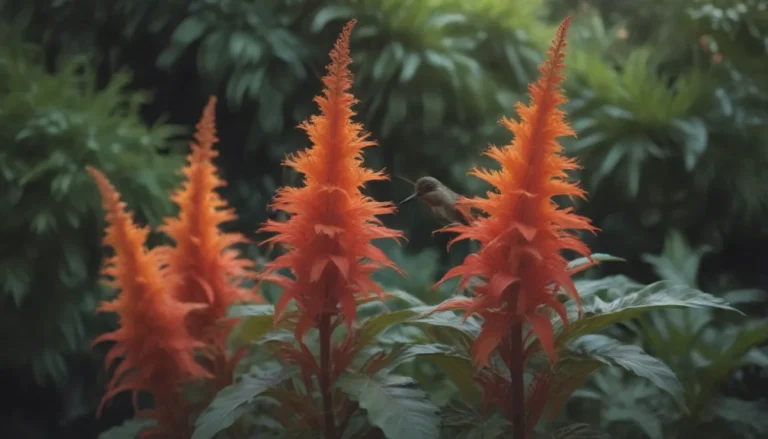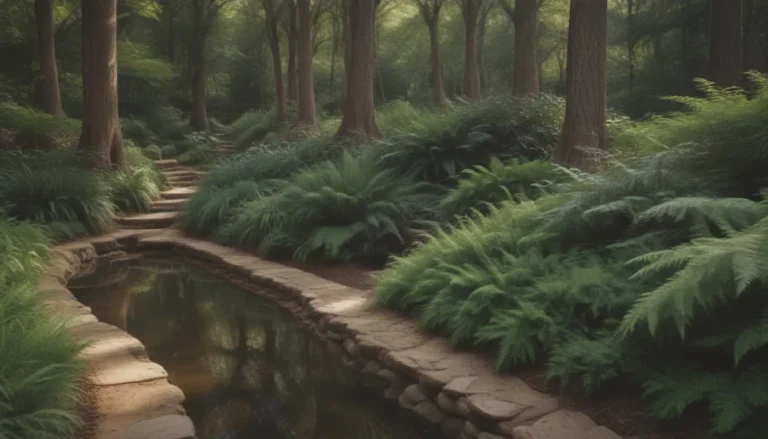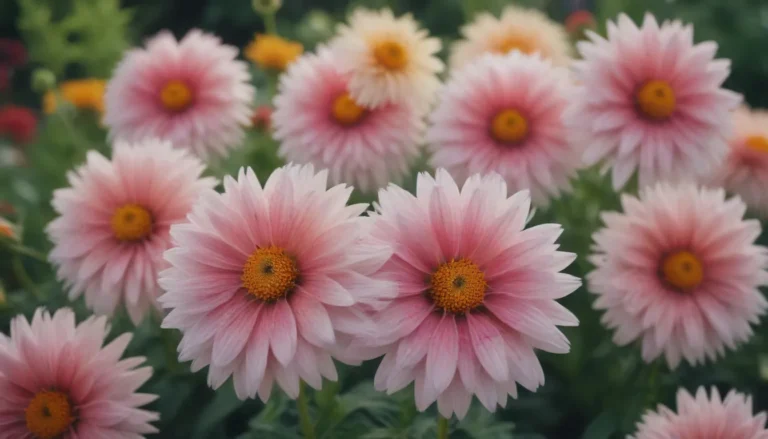Woodland Phlox: A Complete Guide to Growing and Caring for This Beautiful Perennial
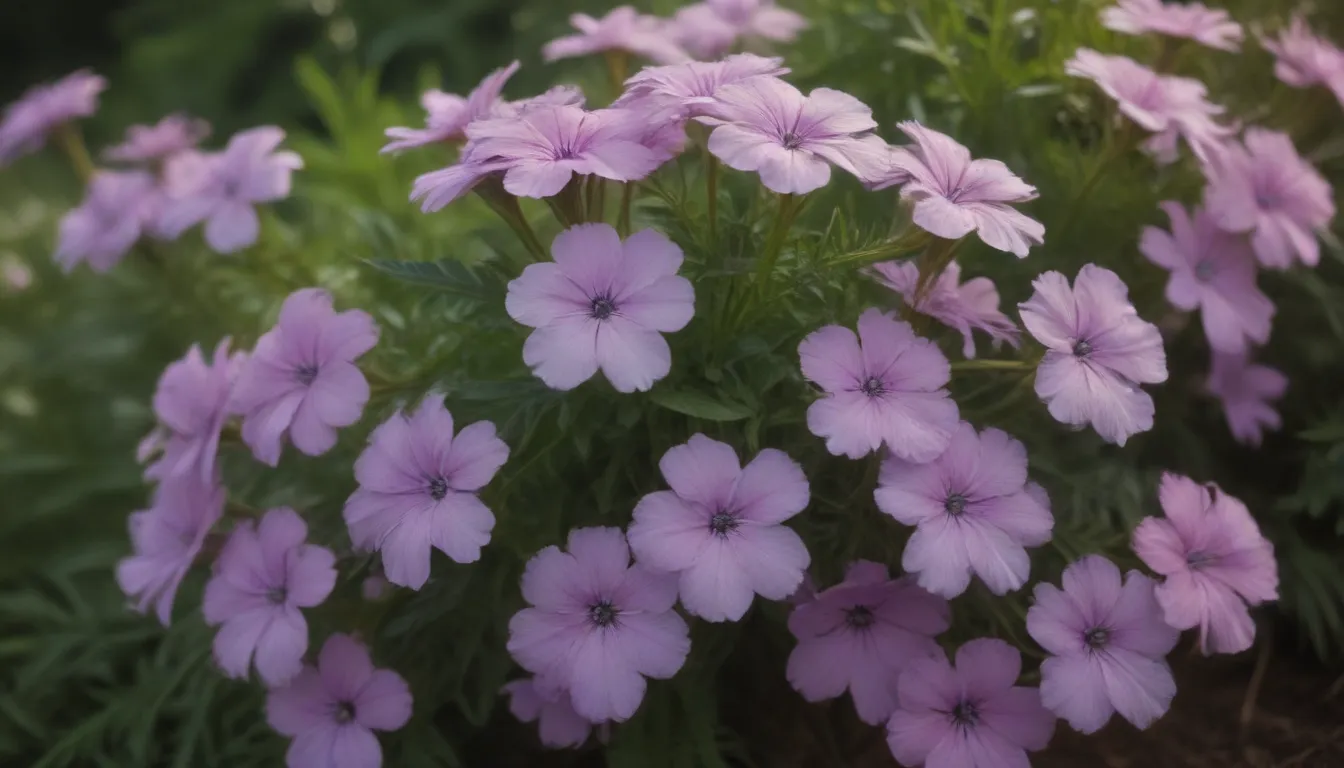
If you’re looking to add a splash of color and fragrance to your garden, woodland phlox, also known as wild blue phlox, might be the perfect choice for you. This herbaceous perennial is prized for its vibrant flowers and can thrive in a variety of conditions, making it a versatile option for gardeners of all experience levels.
What is Woodland Phlox?
Woodland phlox, or wild blue phlox, is a native plant that thrives in mild climates. It is often used as a flowering ground cover or edging plant in gardens with dappled shade. Here are some key care requirements to keep in mind when growing woodland phlox:
Light
Woodland phlox thrives in checkered shade, so it’s best to avoid planting it in full sun unless you live in a cool climate. Look for a location in your garden that receives filtered sunlight to mimic the plant’s natural habitat.
Soil
Try to replicate the rich, moist soil found in woodland conditions. Well-draining soil is essential for the plant’s health, but it is also adaptable and can tolerate dry, clay soil once established.
Water
Keep the soil of your woodland phlox evenly moist, but avoid overwatering to prevent waterlogging. Applying landscape mulch can help retain moisture and protect the plant’s roots.
Temperature and Humidity
Woodland phlox can tolerate humidity but prefers cooler temperatures, so make sure to keep it in dappled shade. Mimicking the conditions found on the forest floor will help the plant thrive.
Fertilizer
In the wild, woodland phlox is naturally fertilized by leaf litter breaking down to create leaf mold. To replicate this in your garden, work compost into the soil around your plant annually in the spring.
Types of Woodland Phlox
There are several attractive cultivars of woodland phlox and other phlox species to choose from. Some popular options include:
- P. divaricata ‘Blue Moon’
- P. divaricata ‘Fuller’s White’
- P. stolonifera (Creeping phlox)
- P. subulata (Moss phlox)
- P. paniculata (Garden phlox, tall phlox)
Pruning and Propagating Woodland Phlox
To maintain the health and appearance of your woodland phlox, consider the following tips for pruning and propagating:
-
Pruning: Lightly trim back stems after flowering to tidy up your garden. If you want to prevent the plant from reseeding, prune in late summer or fall. Keep an eye out for leafy shoots that root at the nodes if the stems flop over.
-
Propagating: Woodland phlox can be propagated from seed, divided plants, stem cuttings, or root cuttings. Dividing the plant in spring or early fall, taking stem cuttings in spring, or collecting root cuttings in early fall are all effective methods.
How to Grow Woodland Phlox From Seed
If you want to grow woodland phlox from seed, keep in mind that the seeds require 60 days of cold stratification to germinate. You can mimic this process by storing the seeds in the fridge before planting them in your garden.
Overwintering and Common Pests
Woodland phlox typically fares well during winter within its hardiness zones, but mulching before the first frost can provide additional protection in colder regions. Keep an eye out for common pests like spider mites and powdery mildew, and ensure proper spacing and airflow to prevent these issues.
Encouraging Blooms and Caring for Woodland Phlox
Woodland phlox blooms readily when provided with the right conditions. To encourage more blooms, consider the following tips:
-
Pollination: Woodland phlox relies on pollination from insects like bumblebees, tiger swallowtails, hummingbirds, and more. Planting a variety of flowers nearby can attract these pollinators to your garden.
-
After Blooming: Leave the foliage on your woodland phlox after it stops blooming to allow the plant to store energy for the next year.
-
Deadheading: Removing spent flowers can encourage the plant to produce more blooms and potentially extend its blooming season.
Recognizing Woodland Phlox vs. Dame’s Rocket
Dame’s rocket is an invasive plant that resembles woodland phlox but can be distinguished by the number of petals on its flowers. Woodland phlox has five petals, while dame’s rocket has four.
In conclusion, growing and caring for woodland phlox can add beauty and fragrance to your garden while attracting beneficial pollinators. By following these tips and guidelines, you can enjoy the colorful blooms and low-maintenance nature of this versatile perennial for years to come.
